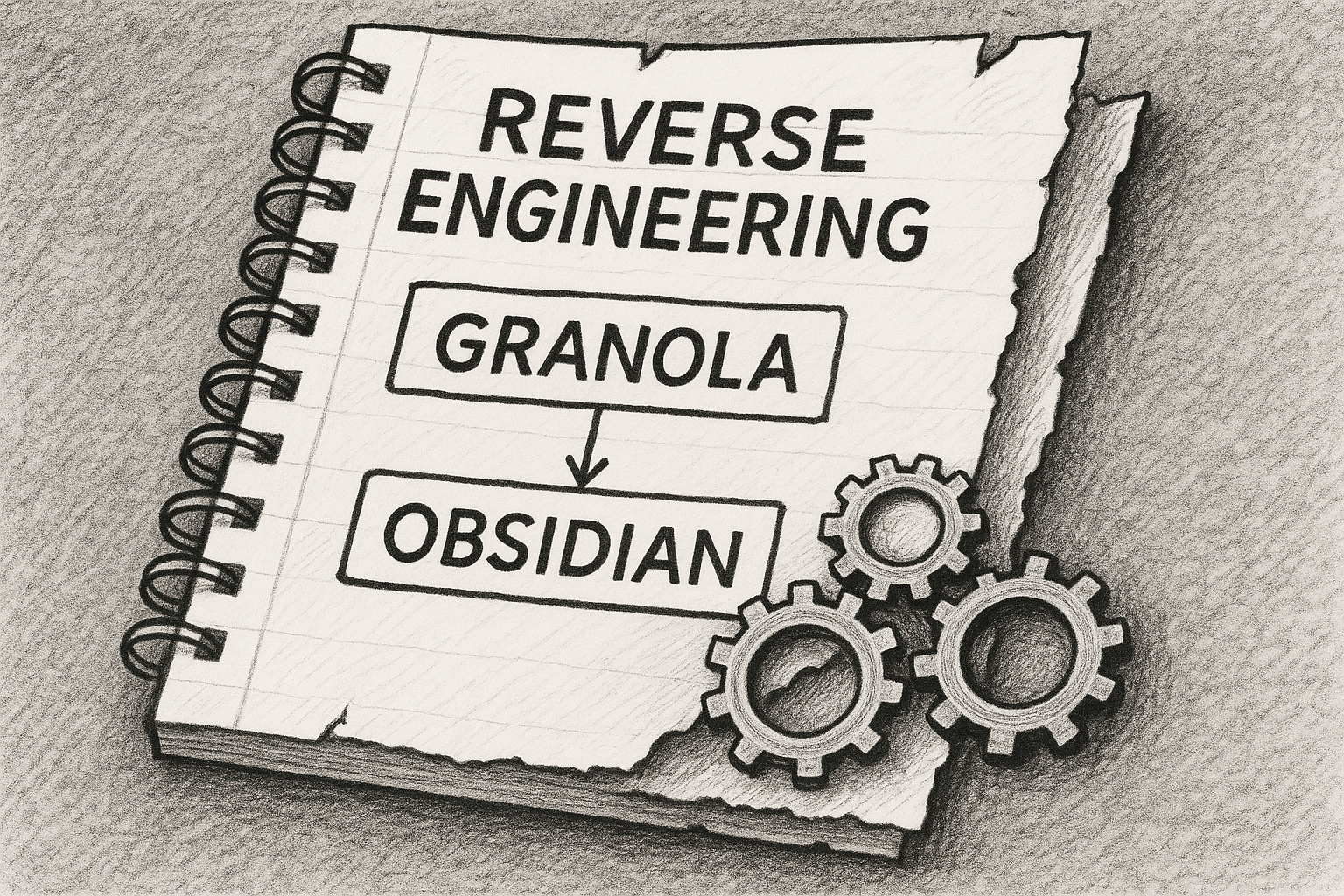How to Hack AI Agents and Applications
I often get asked how to hack AI applications. There hadn’t been a...
Evergreen essays or posts that were particularly well received.

I often get asked how to hack AI applications. There hadn’t been a...

Heads‑up: The concept of this post might seem trivial, but it can ...
 In 2016, my friend Daniel Miessler wrote a book called “The Real Internet of Things.” It’s a quick little read that he later put on his site as an essay. You can read it here:
https://danielmiessler.com/blog/the-real-internet-of-things.
In 2016, my friend Daniel Miessler wrote a book called “The Real Internet of Things.” It’s a quick little read that he later put on his site as an essay. You can read it here:
https://danielmiessler.com/blog/the-real-internet-of-things.
 An AI agent will soon be able to find all the vulnerabilities in any application. Or that’s what they say.
An AI agent will soon be able to find all the vulnerabilities in any application. Or that’s what they say.
 Heads‑up: The concept of this post might seem trivial, but it can improve your career, happiness, and the people you care about. Proceed without caution. It only takes about 10 minutes to read.
Heads‑up: The concept of this post might seem trivial, but it can improve your career, happiness, and the people you care about. Proceed without caution. It only takes about 10 minutes to read.
 I love granola.ai. Everyone I know is using it for meeting transcription. I’ve been using it to transcribe my calls and meetings for months.
I love granola.ai. Everyone I know is using it for meeting transcription. I’ve been using it to transcribe my calls and meetings for months.
 ChatGPT has been lying to users to make them happy as a part of OpenAI’s effort to “improve personality”, and maybe that’s fine for some situations. But what happens when AI models become so agreeable that they encourage harmful behavior?
ChatGPT has been lying to users to make them happy as a part of OpenAI’s effort to “improve personality”, and maybe that’s fine for some situations. But what happens when AI models become so agreeable that they encourage harmful behavior?